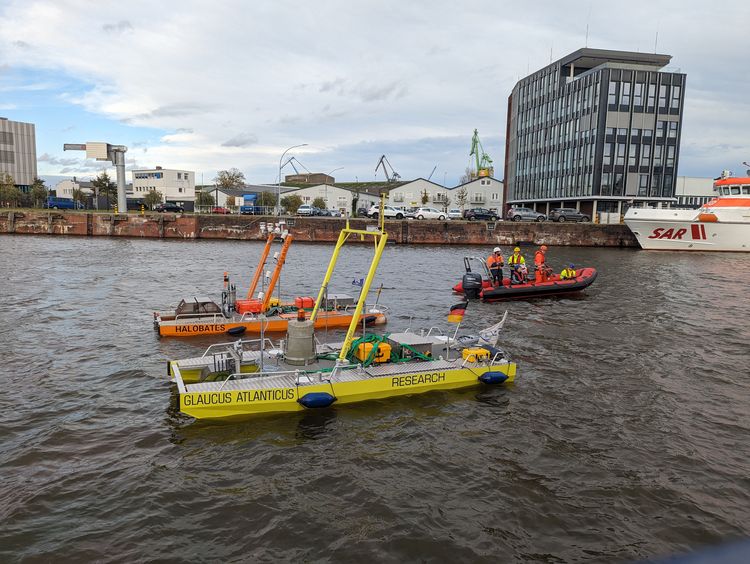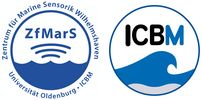Head

Prof. Dr. OLIVER WURL
Uncrewed Surface Vehicles & Marine Robotics

Autonomous Surface Vehicles (ASVs) are marine robotics that have revolutionized ocean exploration and research. These uncrewed, self-navigating vehicles operate on the water's surface and are equipped with advanced sensors and instruments for data collection. Given the specific requirements of our research, utilizing commercial ASVs is not an option. Instead, we choose to design and build our ASVs, which offer the advantage of easier maintenance, repair, and operation, especially at sea, compared to highly complex systems with numerous unknown variables.
The laborious manual sampling of the sea surface microlayer has long posed significant challenges to scientific research. Traditional methods involving hand-held glass plate samples are slow, tedious, and prone to inconsistencies. Researchers face limitations regarding sample volume, hindering comprehensive analysis and understanding of this crucial oceanic interface. The demanding nature of manual sampling impedes large-scale studies and makes it difficult to accurately capture the dynamic variations within the microlayer. As a result, innovative approaches, such as those employed by autonomous platforms like GLAUCUS A. and HALOBATES, have become imperative to overcome these limitations and advance oceanographic research.
Collecting the sea-surface microlayer from conventional vessels or even smaller boats presents severe challenges and often proves impossible due to the risk of integrity loss and sample contamination. Remote-controlled catamarans, like GLAUCUS A. and HALOBATES, offer a transformative solution. Autonomy, precise navigation, and two-hull design eliminate human-induced disturbances and preserve the microlayer's integrity for in situ mapping and collecting high-volume samples with the highest consistency. This technological advancement enhances the scope and accuracy of sea-surface microlayer research, providing distinct advantages over traditional manual sampling from small boats restricted to suitable weather conditions.

